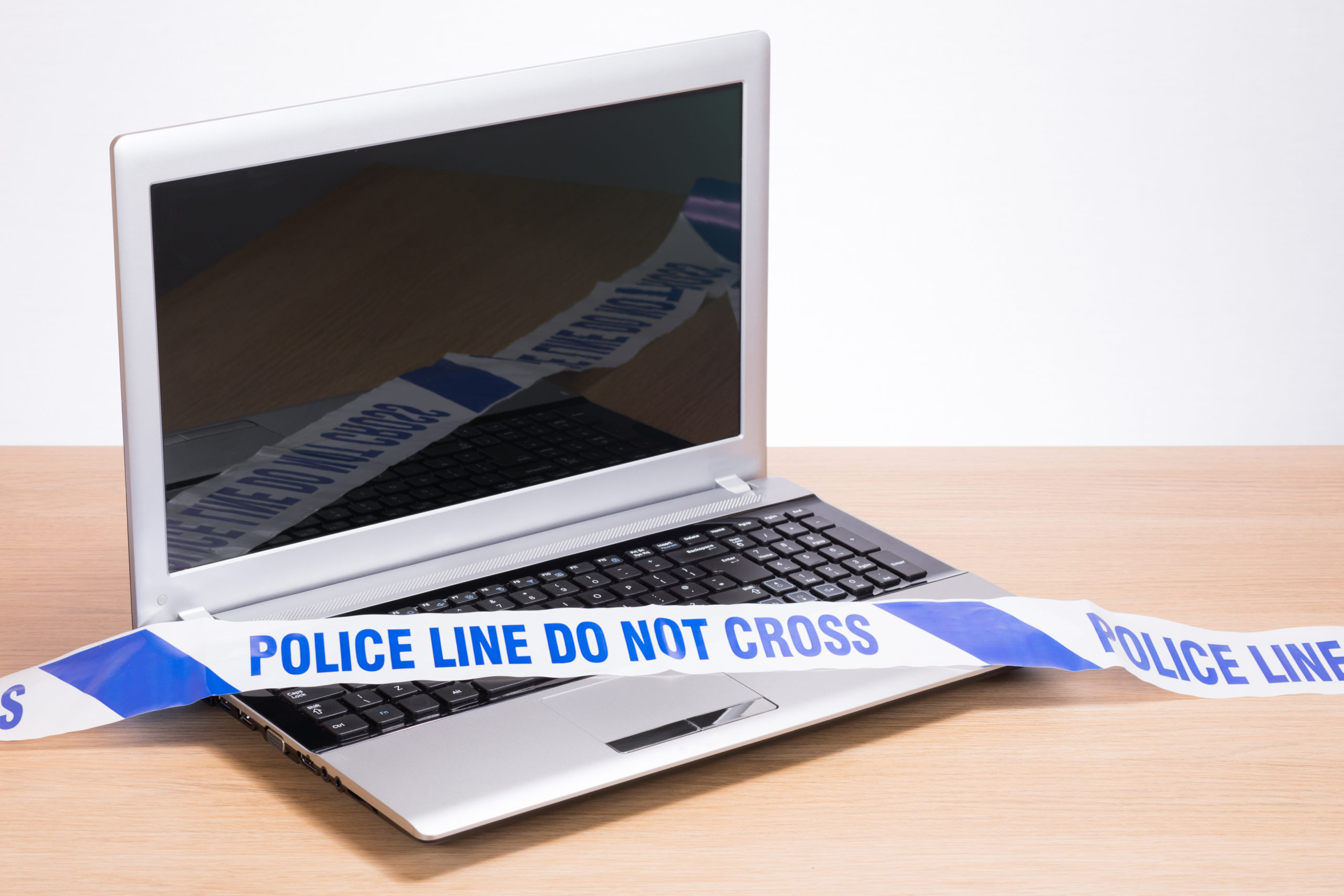What is Cybersquatting?
Cybersquatting or domain sharking is the act of registering, trafficking in, or using a domain name that is identical to, or confusingly similar to a registered trademark, with the bad faith intent to profit from the goodwill of someone else’s trademark. By doing this, cyber squatters prevent anybody from buying the domain. Nonetheless, individuals who engage in cybersquatting purchase domain names with names of existing companies so that they can later sell that domain to them for a very high price. Pursuant to 15 U.S.C § 1125(d), this act is illegal and prohibited by federal law.
How to tell if Someone is Cybersquatting
The most common and prominent identification of cybersquatting occurs when domain sharks try to get in touch with brands or businesses for which they know their domains would be of value to. After reaching out to these business owners and demonstrating how treasured the domain would be for that business, the domain shark will offer to sell it for a pretty penny. Other instances include cyber squatters profiting off a domain that is identical to an existing domain but instead of ending in .com, it will end in .ca or .au. This particularly affects companies that plan to expand internationally and would like additional domains. If you have experienced something like this, then there’s a red flag indicating someone bought the domain with the intent of profiting off of you.
Tackling a Cybersquatter
The first step is to distinguish whether this unavailable domain is worth putting up a fight for. Try the domain in different variations, for example, if your business is named “AutoMart”, try utilizing a .net or .co ending, instead of a traditional .com. You could also try the possibility of using an extra word in your domain, such as “TheAutoMart” or “1-800AutoMart”. If any variation of your business name is available in an alternative domain, then that saves you a lot of time and hassle trying to beat out a domain shark. This also benefits businesses that have not yet registered their company and have very little legal rights against a supposed cyber squatter.
What are my Legal Rights Against a Cybersquatter?
Speaking to an intellectual property lawyer will help determine whether or not you have sufficient legal rights against the other user. In fact, when your attorney finds that you do have legal rights against the individual who is hogging your rightfully owned name, he or she would draft and send a formal letter demanding the cyber squatter to relinquish their rights to the domain. These individuals may not be the easiest to deal with, nor may they have any sympathy toward companies that come to them pleading for their domain. However, sending a cease and desist letter may be a great starting point to try and see what kind of domain shark you’re dealing with.
Brands and businesses should first and foremost always register with the U.S Patent and Trademark Office “USPTO”. The USPTO is a federal database for all formally registered marks across the country. Unlike registering with a specific state, the USPTO will offer you plenty of rights against those who attempt to infringe against you nationally. Whereas state registration only protects you from infringing activity within that particular state. If your mark is registered in the federal database, you have the option to file a complaint with the World Intellectual Property Organization “WIPO” where you would have to establish certain factors, including the demonstration that you have ownership rights of that particular name. Furthermore, registered trademark users have the authority to take legal action against domain sharks under the Anti-Cybersquatting Consumer Protection Act “ACPA”.


